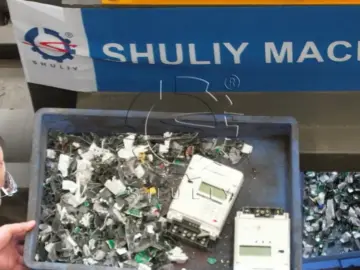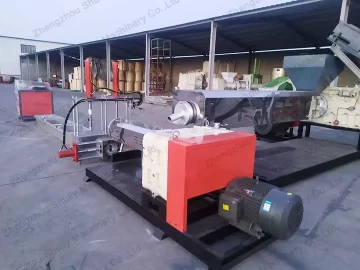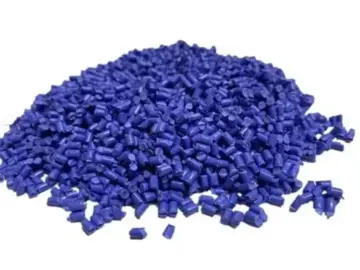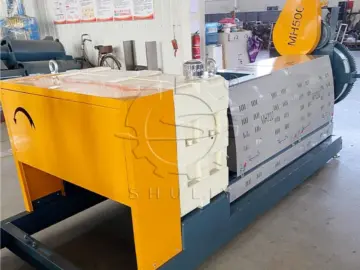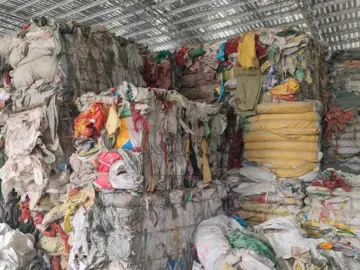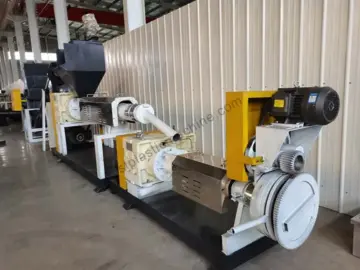In plastic recycling, not all pellets are created equal. A common challenge that directly impacts recycling profitability is poor pellet quality—specifically, issues like hollow plastic pellets or porous, inconsistent granules. These problems are often a direct result of the limitations of the machinery used.
The solution lies in a piece of advanced recycling technology known as the mother-son extruder. This guide explains what this system is, how it differs from basic machines, and why this double stage pelletizer is the secret weapon for producing high-quality recycled pellets.
The Challenge: Single Stage Extruder Limitations
A standard single-stage extruder attempts to perform every step of the extrusion process—melting, mixing, degassing, and pressure building—with a single screw in a single barrel. While cost-effective for very clean, dry material, this design has a critical flaw when dealing with real-world waste: ineffective polymer degassing.
The single, short vent on such a machine is often insufficient to remove all the moisture, inks, and other volatiles found in recycling contaminated plastic. This trapped gas is what leads to voids, bubbles, and poor density in the final product.
The Solution: How a Double Stage Pelletizer Works
A mother-son extruder separates these conflicting tasks into two specialized stages, ensuring each job is done perfectly.
Stage 1: The “Mother” – A Dedicated Degassing Extruder
The first and larger extruder, the “Mother,” has one primary mission: to aggressively melt, mix, and purify the plastic. It features a long screw and a large, high-performance vacuum venting port designed to forcefully extract all volatile contaminants. This makes it exceptionally effective for challenging materials, such as recycling printed film, where removing inks and moisture is essential.
Stage 2: The “Son” – The Pressure and Forming Specialist
The clean molten plastic then flows into the second, smaller extruder, the “Son.” Its sole purpose is to gently build stable pressure for the melt filtration screen and die head. By separating this task, it ensures a smooth, consistent extrusion of uniform plastic pellets without creating the turbulence that could re-introduce air into the melt.
The Result: Tangible Benefits for Improved Pellet Quality
This specialized, two-step approach is what makes a double stage pelletizer superior. The tangible benefits are clear and directly impact your bottom line:
- No More Hollowness: The powerful degassing in the first stage eliminates the root cause of hollow and porous pellets.
- Higher Density: Without trapped gases, you produce solid, high-density pellets that are heavier and more valuable.
- Superior Consistency: The stable pressure in the second stage ensures every pellet is the same size and shape, a key factor for buyers.
For businesses aiming for top-tier quality, material flexibility, and long-term profitability, the Double Stage Pelletizer is the clear engineering choice. It’s not just another machine; it’s a dedicated solution for producing the high-quality recycled pellets that the market demands.

